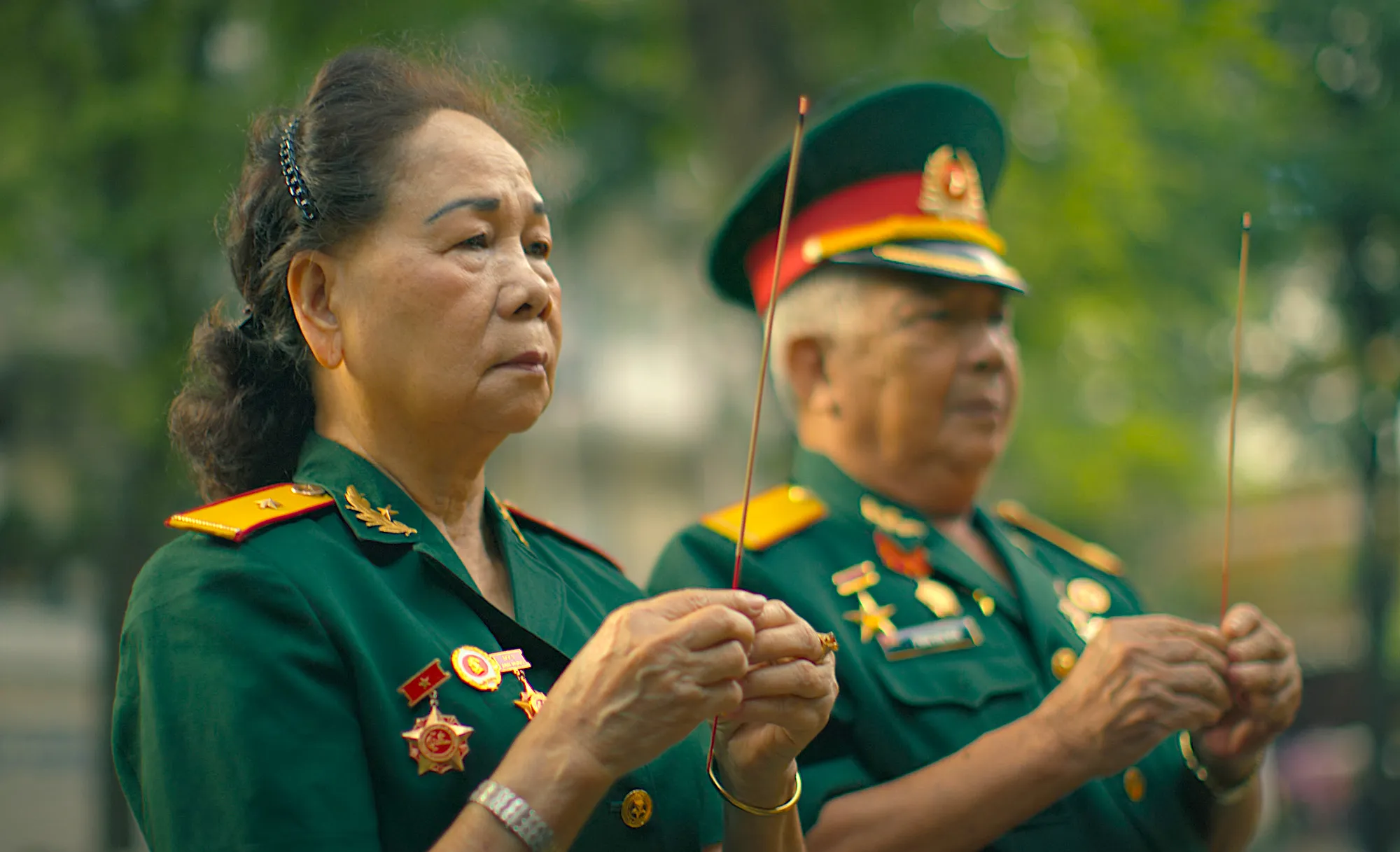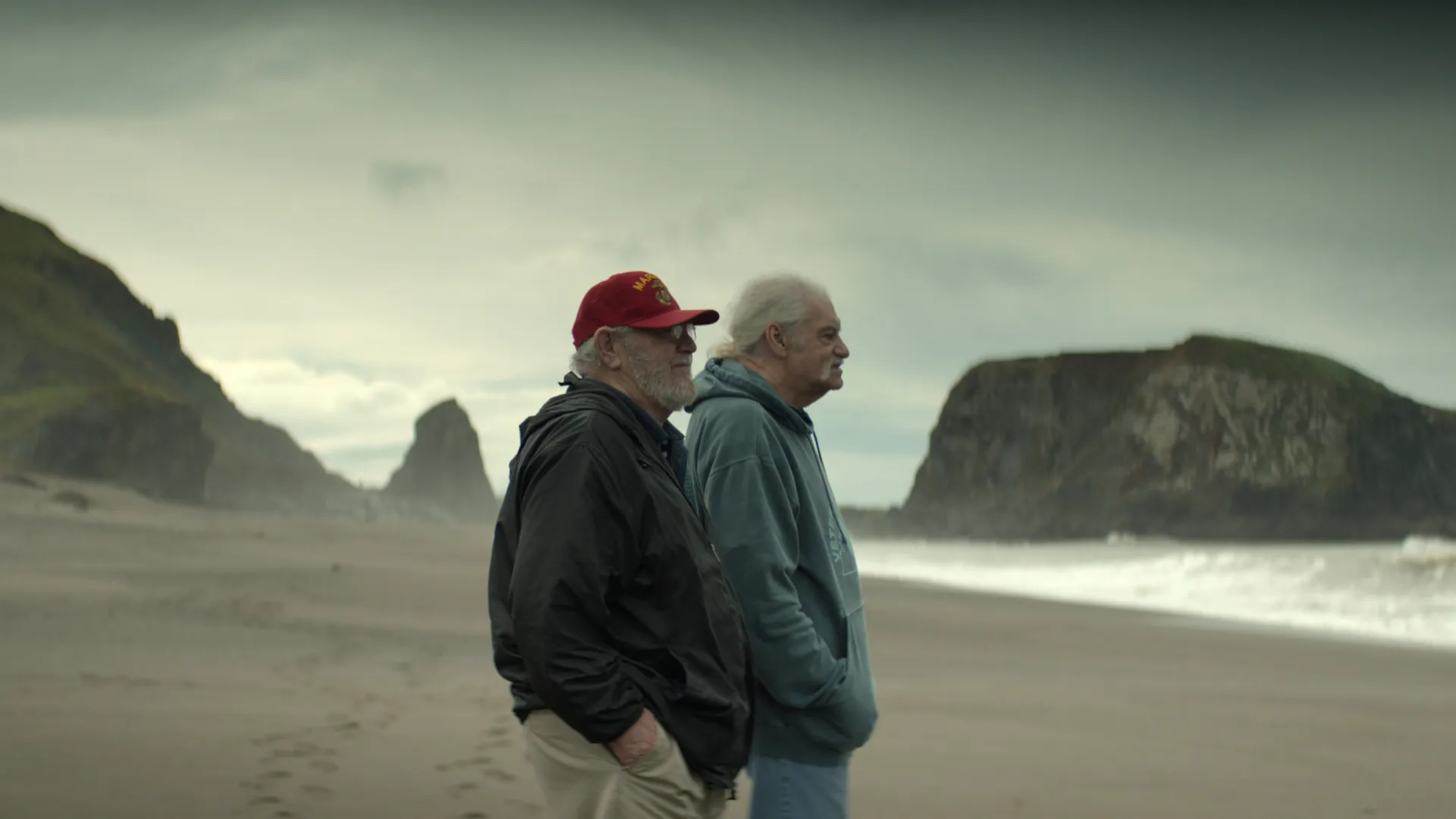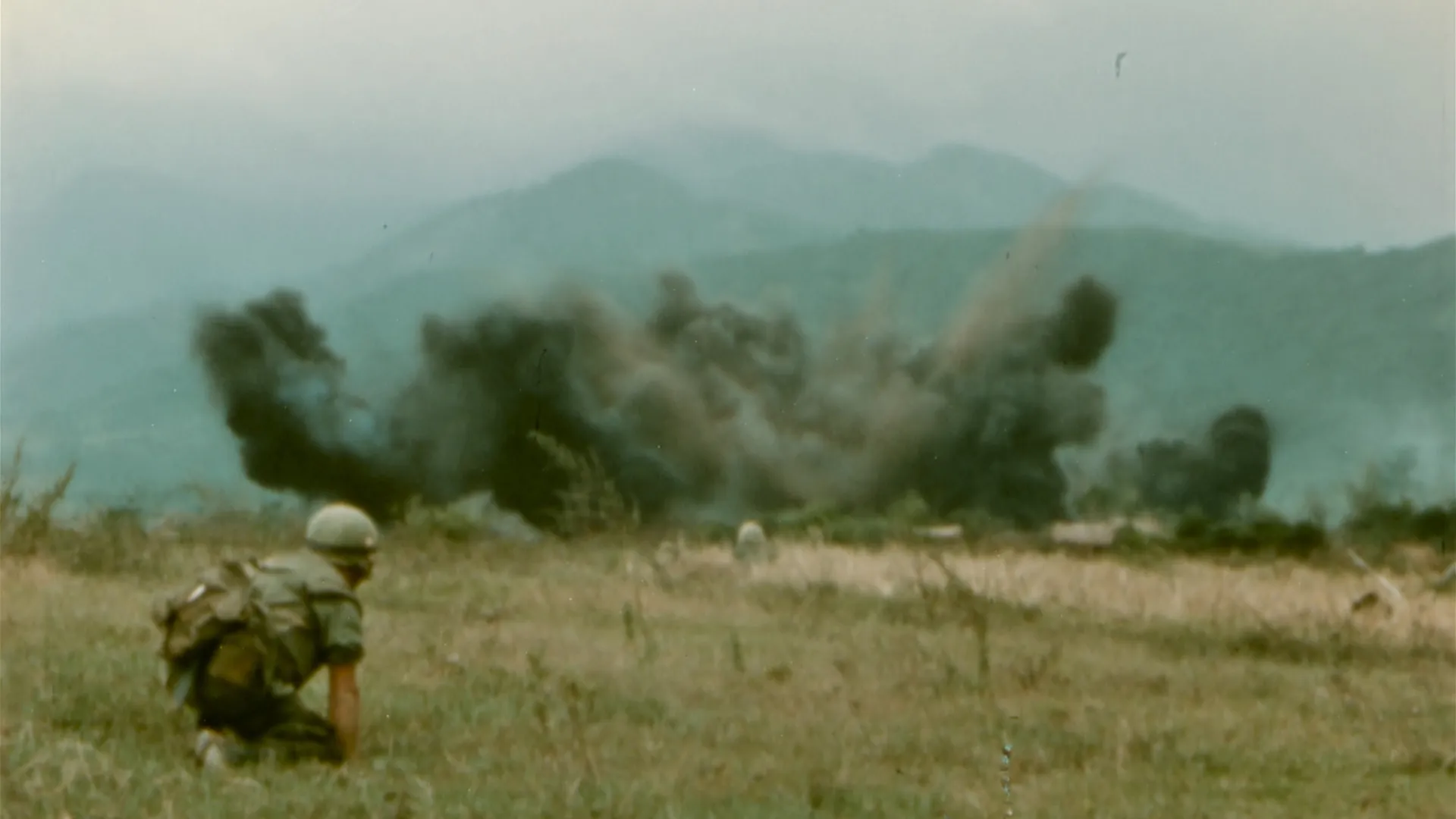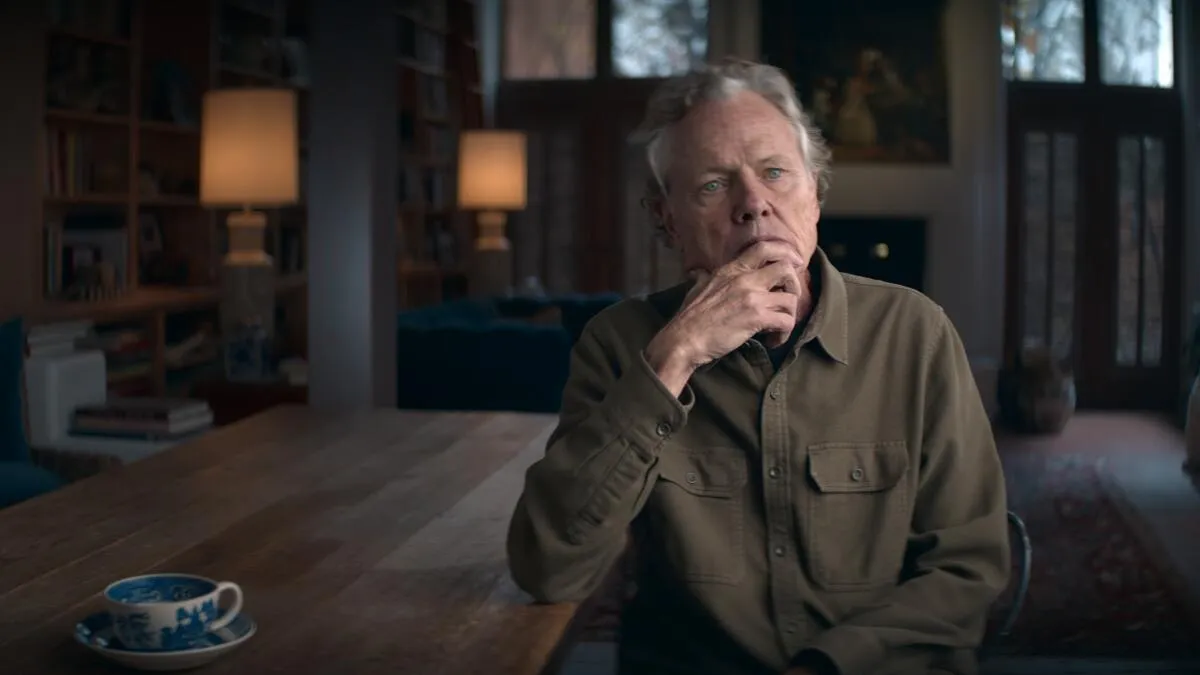“Vietnam: The War That Changed America” presents a thoughtful investigation of one of the most pivotal conflicts in modern history. Drawing upon extensive period footage and heartfelt recollections, the series invites viewers to witness the events between 1965 and 1975 with an immediacy that modern television rarely offers. The conflict, which significantly altered American society, finds its mark through full-color broadcasts that captured a moment when the shock of live wartime visuals first gripped households nationwide.
With the steady voice of Ethan Hawke guiding the narrative and the steady hand of director Rob Coldstream assembling rare recordings and personal memories, the series offers a look at the human experience behind the political and military maneuvers.
It places individual experiences alongside the profound shifts in social attitudes brought on by a war that forever altered national identity. Interviews from soldiers and other participants bring forward the stark emotions felt during those years, serving as windows into the challenges that marked everyday life in a divided nation.
A sense of immediacy permeates the show, inviting audiences to step into a world where the past remains vivid, as if it were unfolding in real time, and prompting reflections on the lasting impact of those turbulent days.
The War’s Legacy and Its Media Echoes
Long before the conflict raged on Vietnamese soil, political and societal conditions set the stage for an altercation that would deeply affect both nations. Early government decisions following the previous global conflict laid the groundwork by supporting military advisers and funding initiatives that gradually pulled the United States into a prolonged military encounter. Public sentiment at the time was colored by trust in leadership, paired with emerging debates around national purpose and the costs of international interventions.
In this series, viewers are presented with a visual archive that not only records fierce battles but also hints at the undercurrents of a shifting society. The series uses a collection of real-time broadcasts and archived footage to create a picture of a period when televised images brought the harsh reality of war into American living rooms. This pivotal moment signaled a turning point in how military engagements were experienced by the public, with live broadcasts redefining perceptions and stirring discussions around patriotism and dissent.
Key milestones, such as the early military clashes and turning points like the Battle of Ia Drang and the Tet Offensive, are not presented in isolation. Their presentation is interlaced with personal recollections that bridge past actions with the lingering social impact on communities. These historical markers are used to frame a narrative that resonates in today’s television scene, where streaming platforms increasingly rely on real footage to spark dialogue about society and cultural change.
Narrative Structure and Thematic Analysis
The series unfolds across six episodes that arrange archival clips alongside personal accounts in a steady rhythm, crafting a narrative that compresses nearly a decade of conflict into digestible segments. The editing balances fast-paced action with reflective pauses, inviting viewers to witness dramatic shifts and emotional cadences alike. By interlacing raw military footage with in-depth interviews, the series creates a sense of immediacy, making historical events feel as if they are unfolding before our eyes.
On one level, the show presents the human cost of warfare. It captures both the physical injuries and psychological burdens borne by individuals, conveying suffering without reducing these experiences to mere numbers. The portrayal of sacrifice and loss is handled with sensitivity, prompting viewers to question what is lost when human lives are subjected to the ravages of conflict.
The use of live broadcasts and archival news footage blurs the line between recorded history and the viewer’s own perception of events. With an approach that forces the audience to confront memories of an era when television first brought the realities of war into homes, the series appears to shape our understanding of that time. In this process, media emerges as a dual agent—both a chronicler and an influencer of public opinions during turbulent times.
Recurring themes of personal transformation surface as soldiers confront the brutality of combat and wrestle with ethical dilemmas. Accounts of moral conflict, moments of deep regret, and the struggle for redemption underscore the emotional toll of military service.
The narration ties individual experiences to a reexamination of national identity, inviting us to consider how personal stories help reframe the legacy of military engagement. Each personal account—from those serving on the frontlines to support personnel—adds its own vital perspective, enriching the overall narrative fabric.
Visual Style: Archival Footage and Cinematography
The show gathers historical footage from broadcast reports, raw video clips, and seldom-seen recordings, offering viewers access to images that remain emotionally charged and historically significant. Its use of color imagery transforms what might have been merely documented events into a vivid experience, with rich hues that capture both the energetic pulse and the unyielding harshness found in conflict situations.
Editing plays a major role, blending quick cuts that convey the rapid progression of combat with more measured sequences during personal interviews. Transitions between archival material and modern-day reflections occur with a rhythm that mirrors the heartbeats of those who lived through the events. Camera work and framing are carefully chosen; some sequences, like overhead shots of helicopters in turbulent skies or the quiet intensity of an interview with a weathered veteran, create images that seem to hold more weight than words.
The visual approach creates an environment where viewers feel as if they are witnessing history firsthand. One moment, the screen flashes with the disorder of battle scenes; the next, a lone face appears, captured in a moment of quiet introspection.
The sharp differences between these visuals not only underline the emotional complexity of the narrative but also hint at the personal costs of conflict. In many ways, the series’ visual choices invite a reflection on the responsibilities of those who document history, sometimes with a wry nod to the earnest, if uneven, attempts of the entertainment industry in recreating the past.
Personal Narratives and Interview Segments
The series presents a range of personal recollections that add a human dimension to historical events, providing a spectrum of experiences from those in active combat, local civilians, and behind-the-scenes support. U.S. soldiers and marines share raw accounts of battle, the bonds formed amid adversity, and the lasting effects on their emotional well-being.
These recollections are juxtaposed with memories from Vietnamese figures, including accounts from Viet Cong operatives and individuals from South Vietnam. Their voices, often set aside in mainstream recollections, contribute perspectives that capture the conflict’s complexity.
Interviews with support personnel and civilians enrich the narrative by recounting experiences from nurses, journalists, and family members who remained on the home front. These personal stories reveal the unseen struggles and sacrifices that extended far beyond the battlefield.
Conversations with veterans, marked by moments of unguarded honesty, offer insight into the recurring pain and introspection felt long after the fighting subsided. Their expressions of regret and candid reflections provide a window into the deeply personal price of the war.
This collection of interviews functions as interconnected strands of a comprehensive picture of the conflict. Each personal account acts as a narrative thread, merging with archival visuals to present an expanded picture of the era. The interplay between recorded memories and archival footage enriches the viewer’s perception, serving as proof of how memory shapes our understanding of shared history.
With recurring motifs of identity, duty, and the push to reconcile past actions with current views, these segments encourage a reexamination of the conflict’s legacy. The candid narratives challenge industry stereotypes in historical storytelling, offering fresh perspectives on events that forever transformed societal views and cultural norms.
Soundtrack, Narration, and Directorial Approach
Ethan Hawke offers a measured narration that guides the viewer through critical moments with noticeable warmth and restraint. His vocal delivery carries a weight that accentuates the intensity of the documented events, providing a steady thread through sequences of raw archival materials and reflective interviews. His presence, as a well-known figure, lends an engaging quality that both comforts and prompts introspection, making the historical journey feel personal and immediate.
The soundtrack, a curated selection of popular music from the 1960s and 1970s, intensifies the sensory experience of each scene. The choice of songs reminds audiences of a time marked by social change and cultural upheaval, reinforcing the visual narratives while marking transitions between moments of chaos and quiet reflection. The music does not merely accompany the images; it amplifies the emotional resonance of the episodes, signaling shifts in tone as the historical timeline unfolds.
Rob Coldstream’s direction displays meticulous care in pairing archival documentation with personal storytelling. His editing crafts a flow that keeps events distinct yet intertwined, ensuring that each segment contributes to a coherent picture. The careful integration of interviews with historical footage lends the series a quality that sharpens its emotional and intellectual appeal, inviting viewers to reconsider the intersection of media and lived experience.
The Review
Vietnam: The War That Changed America Season 1
Vietnam: The War That Changed America skillfully merges compelling archival visuals, firsthand accounts, and a reflective narrative framework to cast a vivid light on an era that reshaped national consciousness. The series challenges conventional storytelling by intertwining raw historical records with intimate testimonies, offering an immersive exploration of duty, loss, and cultural transformation. Ethan Hawke’s measured narration and carefully chosen soundtrack further enrich the experience, enhancing its relevance to current discussions on social justice and representation.
PROS
- Immersive archival footage that brings history to life.
- Intimate personal testimonials provide diverse perspectives.
- Effective blend of historical records with reflective narrative.
- Strong direction and thoughtful editing.
CONS
- Some segments may feel rushed due to the compressed format.
- Limited behind-the-scenes context on certain production decisions.
- Occasional reliance on familiar tropes in historical storytelling.




















































